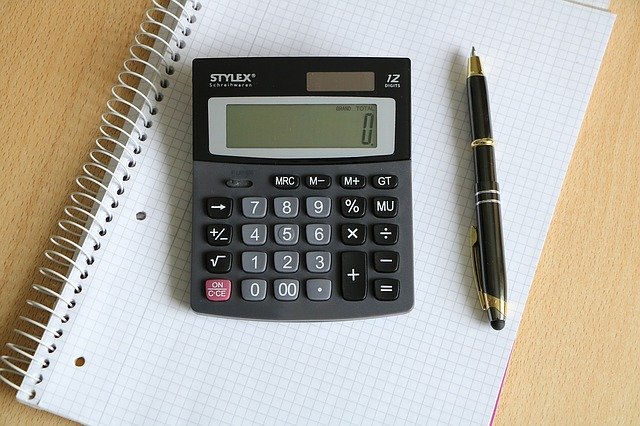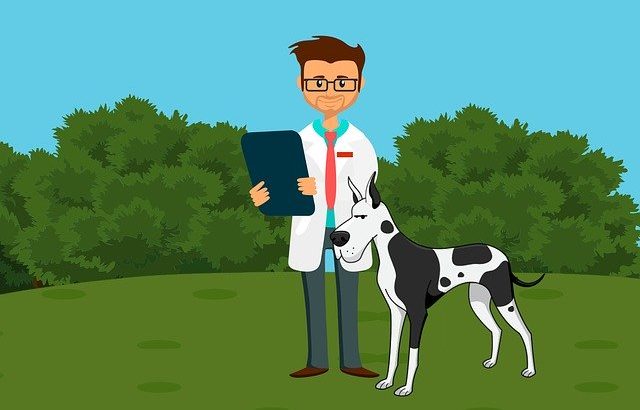Why You Should Study Math When Seeking to Become a Veterinarian
You’ll need to study math if you’re planning to become a veterinarian. It may sound like an irrelevant curriculum, but math is regularly used by veterinarians. From companion animal veterinarians to specialized veterinarians, they all use math. Being that math isn’t a core course of Doctorate Veterinary Medicine (DVM) programs, though, you might be reluctant to spend your time studying it. So, why should you study math when seeking to become a veterinarian?
Prerequisite for DVM Programs
Most DVM programs require students to complete college-level math courses. According to the American Veterinary Medical Association (AVMA), veterinarians complete four-and-a-half years of undergraduate education on average that encompasses a variety of subjects. Along with biology, anatomy and animal science — as well as other courses — pre-veterinary students must study math. Only after completing the appropriate math courses can you enroll in a DVM program.
The exact math courses you’ll need to take vary depending on the school from which you intend to obtain your DVM. Some DVM schools only require the completion of calculus, whereas others require the completion of algebra, trigonometry and calculus. Regardless, most schools require students to complete math courses before they can enroll in a DVM program. Failure to complete all of the school’s undergraduate requirements, including math courses, means you probably won’t get accepted into its DVM program.
Tracking Animal Development
As a veterinarian, you’ll need to track the growth and development of clients’ animals. Tracking animal development is a common and shared responsibility of nearly all veterinarians. If a client’s puppy is developing at a slower rate than normal, for instance, you may want to further evaluate him. Maybe the puppy has an intestinal infection, or perhaps he’s eating the wrong food. Countless problems can hinder a puppy’s development. Tracking the puppy’s weight each time the client brings him to your clinic can help you identify these problems so that they don’t have a negative or long-lasting impact n the puppy’s health.
By studying math, you’ll be more adept at keeping accurate data about your clients’ animals and their respective development. If a client’s animal isn’t growing at a normal rate, you can further evaluate him. Honing your math skills ensures that you are able to accurately track development-related metrics like weight, height and heart rate, all of which can prove insight into whether a client’s animal is developing like he should.

Prescribing and Administering Medication
In addition to tracking animal development, you’ll likely use math when prescribing medication and administering medication. Dose, of course, is typically calculated based on the animal’s weights. For most medications, heavier animals will require a larger dose than lighter and smaller animals. Whether you’re prescribing or administering medication to a client’s animal, math is critically important to a positive outcome. With strong math skills, you’ll be able to calculate the correct dose of medication for your clients’ animals.
Calculating Fluids for Rehydration
Animals can become dehydrated just like we humans can. If a client brings a dehydrated animal to your practice, you’ll need to quickly calculate an appropriate amount of fluids with which to rehydrate him.
Rehydration typically involves the use of an IV drip. An IV will be inserted under the animal’s skin, after which a saline solution will slowly drip into his body. Like with medication, though, heavier and larger animals require more fluid to rehydrate than their lighter counter and smaller counterparts. If a heavy animal receives an insufficient amount of fluid, he may remain dehydrated. Therefore, veterinarians use math to calculate how much fluid dehydrated animals need. They’ll check the animal’s weight, after which they’ll use this metric to determine how much fluid he needs.
Billing Calculations
You may also use math to perform billing calculations as a veterinarian. If a client purchases multiple products or services from your clinic, for instance, you’ll need to add up the total cost. Alternatively, a client may ask you to remove a product or service from his or her bill.
Many clinics have computer systems that automatically calculate billing invoices for clients, but it’s always a good idea to double-check the numbers to ensure they are correct. Furthermore, many clients will inquire about pricing on the spot. When a client enters the room with his or her pet, the client may ask you how much the requested products and services will cost. If you studied math, you’ll be able to make basic calculations without relying on a computer.
In Conclusion
It may not rank as the most exciting curriculum, but math is an essential subject used in the veterinary medicine industry. Veterinarians use math to track animal development, prescribe and administer medication, calculate fluids for rehydration, perform billing calculations and more. At the same, DVM schools typically require the completion of undergraduate math courses. If you have aspirations of obtaining a DVM, you’ll need to study math.

